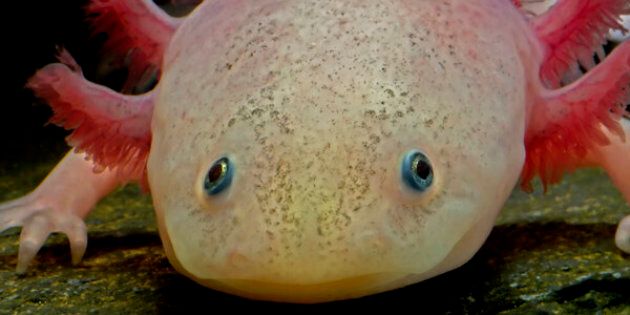
Limb regeneration may seem like a science-fiction super power reserved for lizards and starfish, but a new study is helping scientists make more sense of the strange ability.
In research published Wednesday in the journal PLOS One, scientists from Mount Desert Island Biological Laboratory and the University of Maine found that three evolutionary distant species have important similarities in their microRNA -- small RNA molecules that regulate elements of gene expression -- which may be vital to their regenerative abilities.
The researchers said they hope this new information will fuel future studies on limb regeneration and, perhaps, one day be applied to humans.
For the study, researchers compared the genetic makeup of three species with known regenerative capabilities: two fish -- zebrafish and bichir -- and axolotl salamanders, pictured above.
The scientists amputated the regenerative limbs of the animals. Then, they took samples at the amputation sites and conducted RNA sequencing.
The study found that the defining feature of animals with regenerative capabilities is the formation of a type of tissue called blastema, a highly proliferative tissue with the ability to form organs and appendages.
The researchers noted that there are fundamental differences in tissue composition and complexity among the animals observed. Still, they found that the samples from each species shared certain microRNAs that may be involved in blastema formation.
"Our study suggests that natural cellular reprogramming of differentiated cells during regeneration is guided by a core group of shared, differentially controlled" microRNAs, the scientists wrote.
